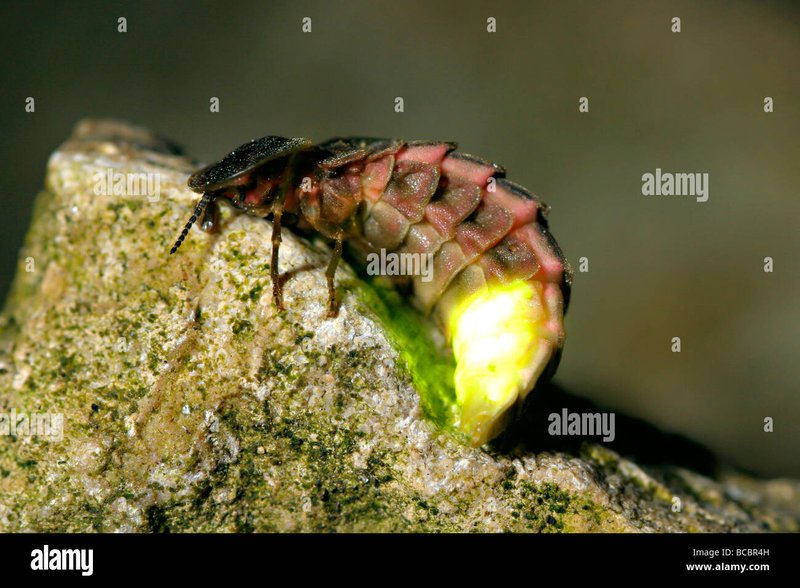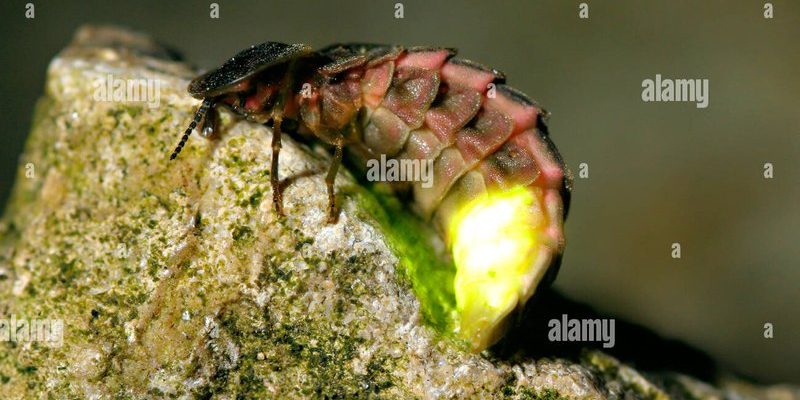
Imagine walking through a lush forest, surrounded by greenery, and noticing clusters of glowing worms. Instead of just marveling at their beauty, you might start to wonder: “What does this mean for the air I breathe or the soil under my feet?” Here’s the thing: glowworms react to their environment in ways that can alert scientists and researchers to changes or issues. From pollution levels to habitat changes, these insects can signal when something’s amiss. Let’s break down how glowworms serve as bioindicators and why you should care about their well-being.
What Are Glowworms?
Glowworms are not worms, despite their name. They are actually the larvae of certain beetles, commonly found in dark and damp environments. These fascinating critters produce bioluminescence, which means they can glow in the dark. This glow serves a purpose: it attracts prey. The light is emitted from a special organ and can create a mesmerizing display in caves or forests.
But not all glowworms are created equal. Different species exist all around the world, with the most well-known being the *Lampyridae* family, also called fireflies, and the *Lampyris noctiluca*. Their bioluminescence isn’t just for show; it’s a survival tactic, helping them catch insects in their sticky silk threads. As enchanting as it sounds, these creatures also play a vital role in their ecosystems.
By feeding on decomposing plant material and other organic matter, glowworms help break down waste. This process contributes to nutrient cycling, which is crucial for maintaining the health of an ecosystem. So, yes, while glowworms dazzle our eyes, they’re also hardworking little decomposers!
Why Use Glowworms for Environmental Monitoring?
So, why are researchers paying attention to glowworms? Here’s the thing: glowworms are highly sensitive to changes in their environment. They react to air and soil quality, moisture levels, and even light pollution. This sensitivity makes them excellent indicators of environmental health. You might be wondering how this works in practice.
When the environment becomes polluted or altered, glowworms may exhibit changes in behavior or population numbers. For instance, a decline in their population can signal rising pollution levels or habitat destruction. By monitoring these changes, scientists can gather important data about the state of the surrounding ecosystem. This is crucial for not just protecting glowworms, but for ensuring the overall health of our natural world.
Another advantage of using glowworms is that they are relatively easy to study. Unlike some animals that require complicated tracking methods, glowworms can be monitored with minimal impact on their habitats. This makes them a practical choice for researchers interested in long-term environmental studies.
How Do Glowworms Indicate Environmental Changes?
You might be curious about the specifics of how these insects signal changes in the environment. Honestly, glowworms provide a clear picture of ecosystem health through their population dynamics and behavior patterns. For instance, when researchers notice a sudden drop in glowworm numbers, they investigate potential causes, such as increased pollution or habitat loss.
Additionally, changes in the brightness of their glow can also indicate environmental stress. A dimmer glow might suggest that the glowworms are struggling due to poor conditions. Researchers often collect data over time to create a clearer understanding of these trends.
By examining these patterns, scientists can draw connections between environmental health and glowworm behavior, helping to form a comprehensive picture of what’s happening in specific ecosystems. It’s like having nature’s own alarm system that rings when something goes wrong.
Practical Applications of Glowworm Monitoring
Monitoring glowworm populations has several practical applications, particularly in conservation efforts. Let’s explore some of these real-world uses. For starters, conservationists can use glowworm data to identify areas needing protection or restoration. If a region with a healthy glowworm population is suddenly declining, it can trigger immediate action to investigate and address the issue.
Moreover, glowworm studies contribute to broader biodiversity assessments. As indicators of overall ecosystem health, changes in their populations can reflect the well-being of other species in the habitat. This helps create a comprehensive picture of an ecosystem’s status, which is essential for effective conservation strategies.
Additionally, glowworm monitoring can support public awareness and education efforts. Community involvement in glowworm protection initiatives can create a sense of stewardship, encouraging local residents to take action to preserve their natural environments. When people realize that tiny glowworms play a significant role in their ecosystem, they’re more likely to care about their conservation.
Challenges in Glowworm Monitoring
While using glowworms for environmental monitoring has its advantages, there are also challenges to consider. For one, glowworms are sensitive creatures. Changes in climate and habitat destruction can significantly impact their populations. This sensitivity means that any monitoring efforts must be conducted carefully to avoid further stressing the insects.
Another challenge is the potential for light pollution. Areas that are excessively bright can disrupt glowworm behavior and breeding, making it harder for researchers to gather accurate data. If researchers want to utilize glowworms as bioindicators effectively, they must also advocate for reducing light pollution in habitats where glowworms thrive.
Accessing glowworm habitats can also be tricky. Many glowworm populations exist in remote areas, making monitoring logistically challenging, especially in regions where transportation is limited. Researchers often need to balance the desire to study these fascinating creatures with the need to respect their habitats.
The Future of Glowworm Monitoring
The future looks promising for glowworm monitoring as technology advances. Researchers are using tools like environmental DNA (eDNA) analysis to gather data about glowworm populations more efficiently. This method helps scientists identify species and assess population health without needing to capture or disturb the insects.
Moreover, partnerships between researchers and local communities can enhance monitoring efforts. When local people are involved in protecting glowworm habitats, it leads to stronger conservation outcomes. Education about the significance of glowworms can foster a sense of connection and responsibility toward the environment.
Finally, as awareness of climate change and environmental issues grows, glowworms can serve as symbols for wider conservation efforts. Their story can help engage communities and motivate action around broader environmental concerns, shining a light on the importance of protecting our planet.
Without a doubt, glowworms are more than just enchanting creatures; they are vital players in environmental monitoring. By serving as bioindicators, they help us understand the health of our ecosystems and respond to environmental changes. As we continue to explore the connection between glowworms and the environments they inhabit, we can find ways to protect these amazing insects and the complex ecosystems they represent.
Whether you’re a nature enthusiast or someone just learning about these little glow-in-the-dark wonders, understanding their role can inspire us to take action. So next time you see a glowworm shimmering in the dark, think about the big picture. These tiny creatures have a lot to tell us about the world we share, and it’s up to us to listen.

